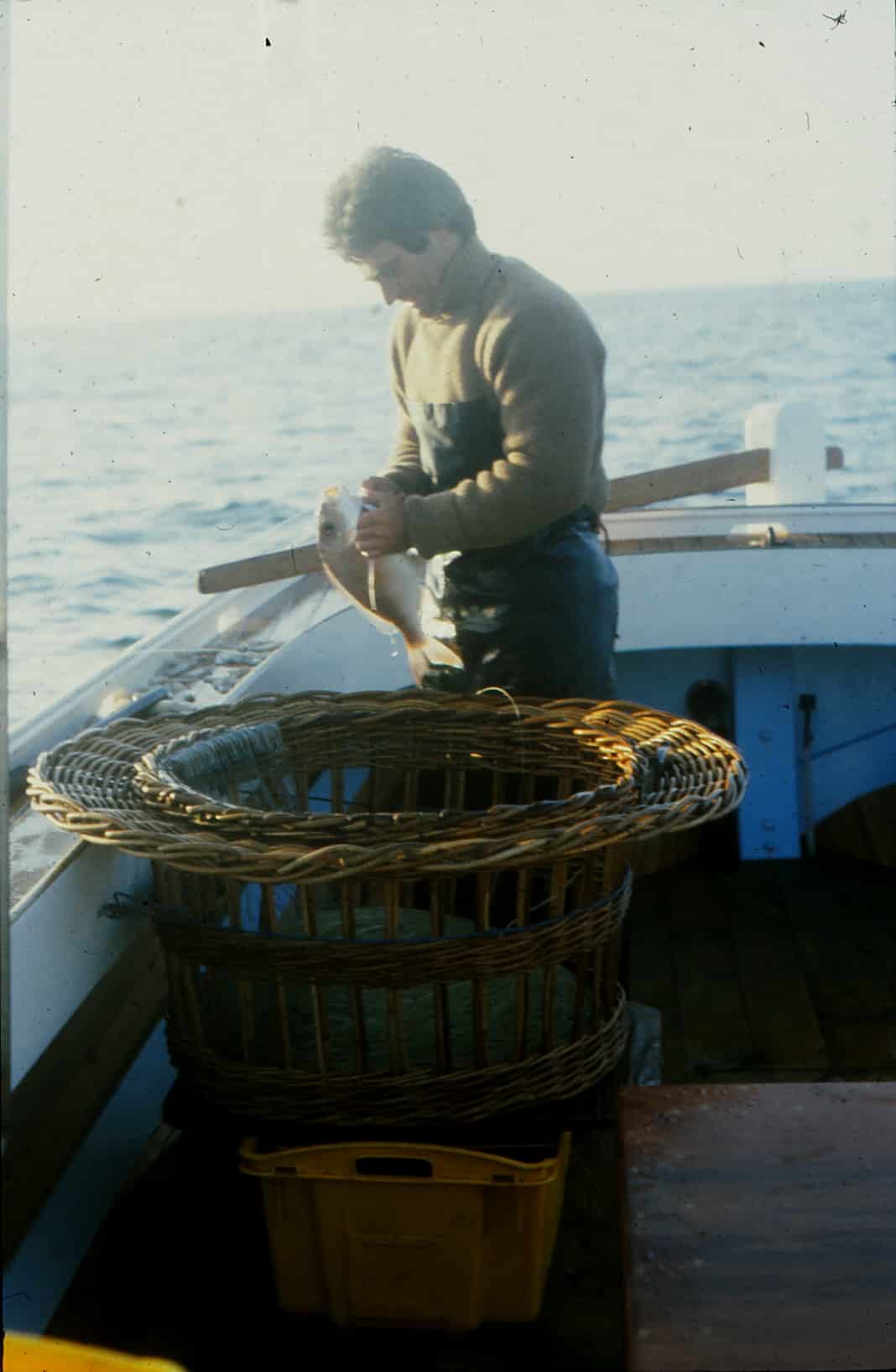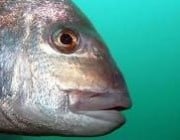
The Future of Commercial Fishing in Port Phillip Bay
By Ross Winstanley*
The Victorian Government’s proposed restrictions on commercial fishing in Port Phillip Bay from 2022 will leave the remaining fishermen hamstrung.
At best, these restrictions reflect the Government’s indifference to the future viability of commercial fishing in the Bay. In my opinion, at worst, they reflect a subterfuge aimed at quietly eliminating all commercial fishing from the Bay.
Whether I’m right or wrong, there are real doubts about the viability of the post-2022 net-free commercial fishery.
Just eight commercial fishermen will remain after 35 fishermen have been removed through the Government’s buy-out program. However, under the conditions to operate from 2022, the remaining eight face significant hurdles to stay economically viable.
The uncertainties facing the eight include:
- will an operation based on a 400-hook longline, handlines, fish traps and octopus traps be economically viable?
- will rigid documentation, prior- and post-landing reporting and PrimeSafe requirements hamstring these businesses and stifle private sales?
- is the Andrews Government committed to promoting a viable commercial fishery beyond 2022 or have they left fishermen to sink or swim?
Victorian consumers face their own uncertainty: after more than a century of enjoying access to hundreds of tonnes of fresh, high quality and sustainable supplies of a wide range of species from the Bay annually, how long will that continue?
What’s the Government’s intention?
Surely, a government intent on providing for a viable commercial fishery would have carried out modelling to assess the impact of banning all forms of net fishing? There is no evidence that this Government has examined detailed catch-by-method and marketing records to assess the potential viability of businesses operating under the proposed regime. Instead, the Government has avoided making any public commitment to maintaining a viable full-time commercial fishery in the Bay.
Under the deal to operate from April 2022, the only certainty is the entitlement to take 11 tonnes of snapper and unspecified catches of other species by using a 400-hook longline.
Fish traps, handlines and octopus traps may also be used to take other species including whiting, flathead, salmon, calamary, octopus, cuttlefish and crabs. These methods are unproven in terms of supporting viable full-time businesses in the absence of net fishing.
The existing quota-management reporting regime and regular compliance monitoring are likely to continue to apply to snapper: anglers will expect nothing less. Will this become the norm for all species? And if so, what are the cost recovery implications for the eight remaining fishermen?
Some fishermen will look to maximise returns for each landed kilogram through private marketing. This will include direct-to-the-public sales for which Primesafe requirements and detailed documentation of every fish sold already pose an administrative challenge.
Longlining
The big question is: will the dollars stack up? The greatest area of certainty before each fishermen is his 11 tonne quota of snapper. So, much of their viability post-2022 will hinge on gross incomes from snapper.
Some of these fishermen doubt they will be able to hook 11 tonnes of snapper consistently every year. In the 10 years to 2016, Fisheries Victoria’s monthly commercial fishing catch records include hundreds of reports of snapper longline catches including 21 reports of 10 or 11 tonnes in a year. So, an annual catch of 11 tonnes is certainly possible, but will it be achievable consistently? Time will tell.
The second question is: how many of the eight fishermen will succeed in catching 11 tonnes of snapper by hooking? As catch records show, while about 70% of the total annual catch from the Bay has been taken on longlines in recent years, longlining is a highly specialised activity. Will those who have only longlined part time or relied on nets be able to adapt successfully?
The third question is: what gross income will 11 tonnes of snapper yield? Most fishermen believe that catching 11 tonnes will depend entirely on longlining during November and December each year. Until now, commercial snapper catches have peaked during this period but have extended into all other months due to year-round haul seine and winter mesh net catches of pinkies. Focusing eight boats on longlining snapper over this two-month period, aiming to take 88 tonnes, is likely to lead to depressed prices. On top of increasing levels of snapper from elsewhere (eg New Zealand), when South Australia’s snapper season opens in mid-December each year, increased volumes of snapper will further depress local prices.
In 2014/15, for snapper landed throughout the year the average landed price in Victoria was $9.40/kg. At that price 11 tonnes would yield $103,400.
To some extent, future returns from snapper will depend on each fisherman’s marketing efforts: last year, the average prices paid varied from $8/kg sold on Melbourne markets to $13 sold to private markets.
Irrespective of the average price for snapper, the viability of a post-2022 business will also depend on overall quantities, catch rates and prices achievable for other valued species over the year.
Fisheries Victoria’s records of gummy shark landings from the Bay, by all methods, suggest that an individual is unlikely to catch one tonne (worth about $10,000) by hooking.
Handline fishing
In the 10 years to 2016, of Fisheries Victoria’s reports of whiting catches by handlining, there were only five reports of catches of one tonne or more in a year. At $22/kg, one tonne was worth $22,000 in 2014/15.
In the same period, there were five reports of calamary catches of one tonne or more by jigging, worth at least $13,000 at the $13/kg average price in 2014/15.
For each species, annual catches of one tonne per fisherman should be feasible in future.
Fish trapping
Fishing regulations allow each Bay operator to use six fish traps measuring 2m x 1m x 1.5 m. However, there are few, if any, recent records of commercial landings so the potential returns in terms of species, daily catch rates and seasonal financial returns are unknown. In addition, the onset of fish trapping will produce a range of reactions among anglers. These are likely to include vandalism and interference with traps, raising compliance issues, and possibly re-igniting conflicts between fishing groups.
A couple of fishermen have had experience trapping octopus in the Bay for bait. Competing with octopus, at low prices, taken by Lakes Entrance Danish seiners and other ocean fisheries, this option offers limited income potential.
Can this fishery remain viable?
Before rejecting the Government’s 2015 buy-out offers, few, if any, of the eight fishermen completed a thorough business plan, based on their own records and knowing the restrictions ahead. What persuaded them to continue as hook and trap fishermen? In fact, most were life-long fishermen who struggled to see any alternative and chose to stay with the lifestyle that they know and love. Some have accepted the likelihood that they will end up fishing on a part-time or low nett “semi-retirement” income basis. It is hard to see another generation of younger entrants replacing these eight when they retire. Is this what the Government had in mind for a “viable” commercial fishery?
Given the high level of compliance monitoring, the question of how the Government’s cost recovery policy will be applied across eight operations is not a trivial one and should be clarified long before 2022.
In the post-netting fishery, the operator of a “standard” plate-aluminium boat with one crew will be looking to gross at least $200,000 to maintain a reasonable personal income. At present, for a basic trailer-boat operation the annual fixed costs are about $30,000 and payment to one crew is about 25% of the landed value. Taking these costs into account, at $9.40/kg, 11 tonnes of longlined snapper will return about $48,000 to cover operating costs, maintenance, gear replacements and skipper’s income.
It is possible that such a fisherman may choose to avoid crew costs by fishing single-handed and accepting the associated risks, perhaps aiming for a more modest gross annual business income of about $150,000. A net return from snapper longlining of $73,000 will be insufficient to cover his operating costs, maintenance and reasonable personal income.
When other species are factored in, a best-case post-2022 fishing operation will be hard pressed to gross $150,000 (see table). The low incidence of individual reported catches of one tonne of whiting and calamary indicate that very few fishermen have the experience – and maybe the proficiency – to achieve such results each year.
Indicative catches and gross returns for a post-2022 operation1
| Fishing gear | Species | Annual catch (tonnes) 2 |
Mean $/kg 3 |
Gross earnings ($) |
| longline | snapper | 11 | 9 | 99,000 |
| handline | whiting | 1 | 22 | 22,000 |
| jig | calamary | 1 | 13 | 13,000 |
| Trap & byproduct | mixed species | 2 | 5 | 10,000 |
| Total | 15 | 144,000 |
1 assumes all 8 fishermen are proficient in all methods
2 based on commercial catch returns data
3 based on Commercial Fish Production Information Bulletin 2015 statistics
From what has been outlined above, the prospects of maintaining a viable business and standard of living are highly doubtful at any scale of operation under the permitted future conditions.
This brings to mind the conclusion reached by the 2006 survey commissioned by the Bracks Labor Government, “Economic Valuation of the Use of Key Victorian Fisheries Resources”:
“… it is not possible to de-construct the commercial fishery into its parts and at the same time write about its overall profitability. Each of the 91 [bay and inlet] commercial fishers requires access to a mix of species and the removal or reduction of access to any particular species – even if it is only taken in commercial quantities for a matter of weeks – would decrease, and in some cases may even destroy, the profitability of the commercial fishery. The result would be no commercially caught fish being available.”
This telling conclusion confirms the highly questionable future of commercial fishing in Port Phillip Bay under the conditions proposed by the Andrews Government. It supports my fear that the Government’s real intention is to see commercial fishing in Port Phillip Bay die out completely.
* Ross Winstanley is a fisheries consultant and a current member of the statutory Victorian Fisheries Advisory Council & Recreational Fishing Roundtable Forum. He has been the chair of Fisheries Victoria’s fisheries assessment workshops and is a former Director of Victorian DPI’s Marine & Freshwater Research Institute, Snobs Creek fish hatchery and Queenscliff Institutes





